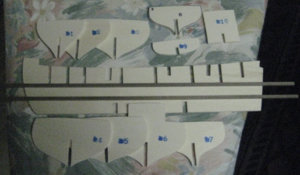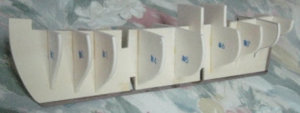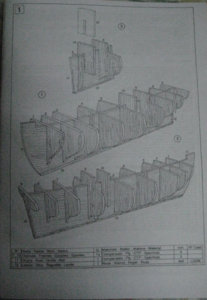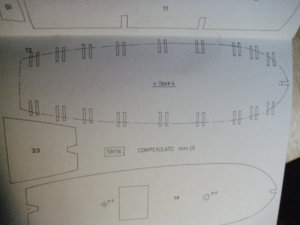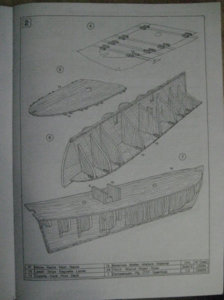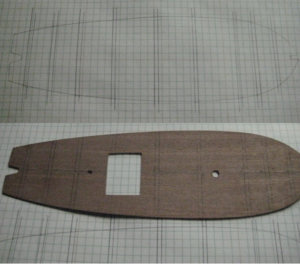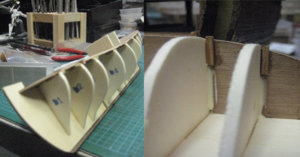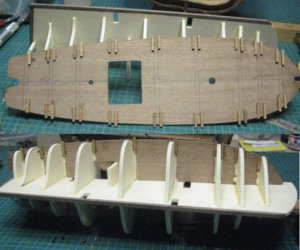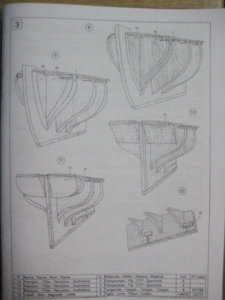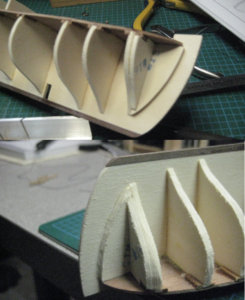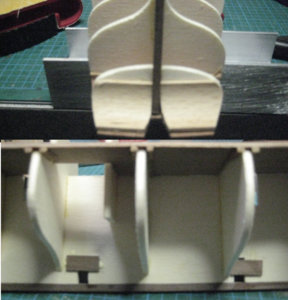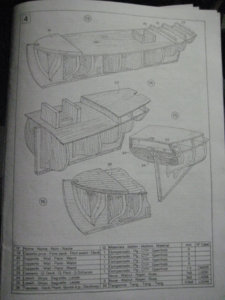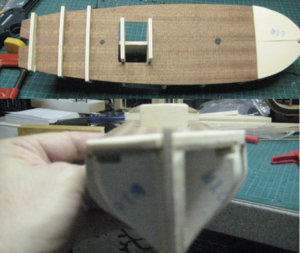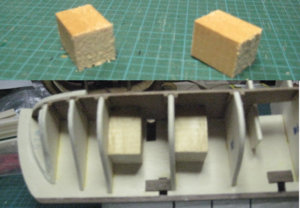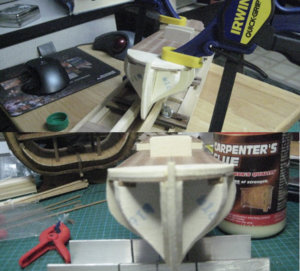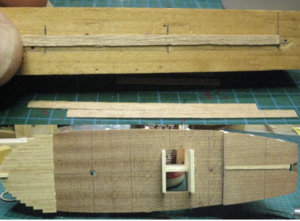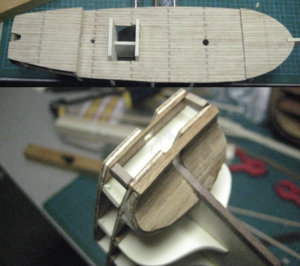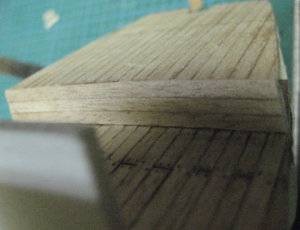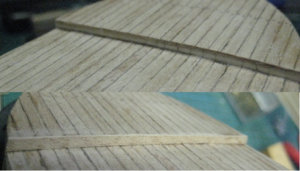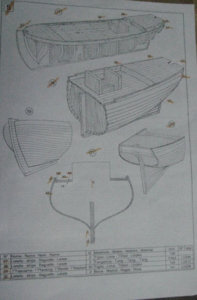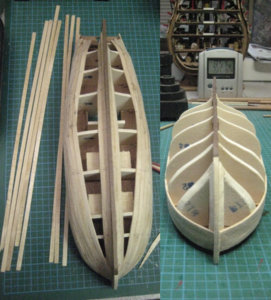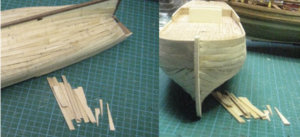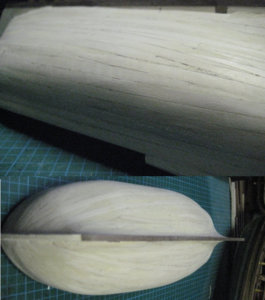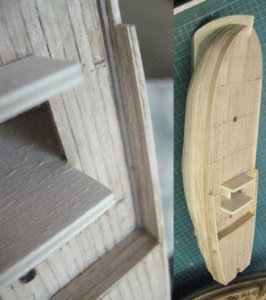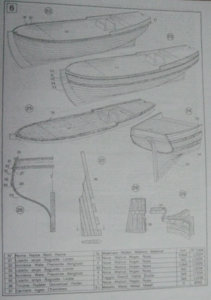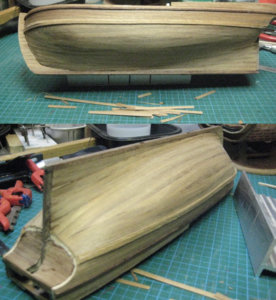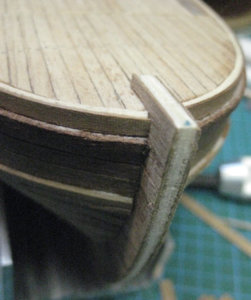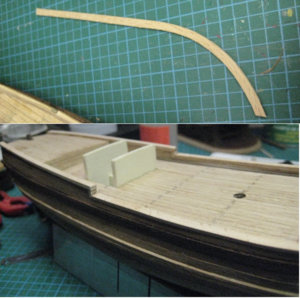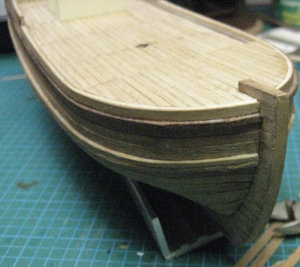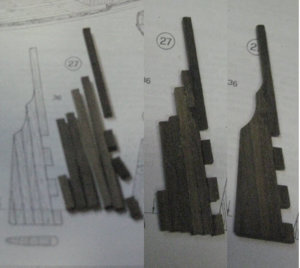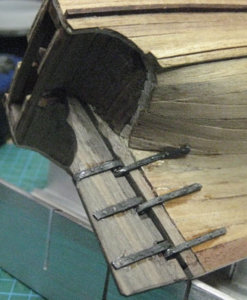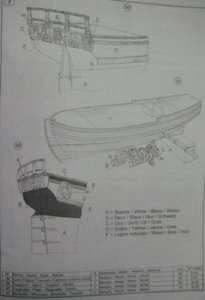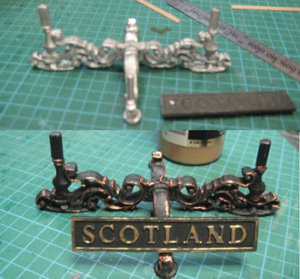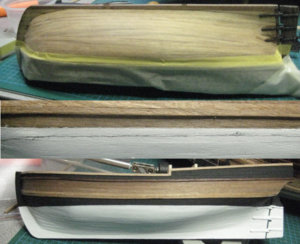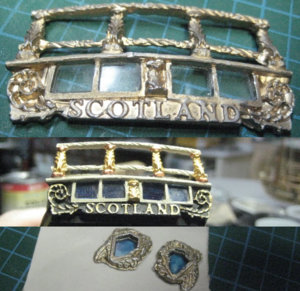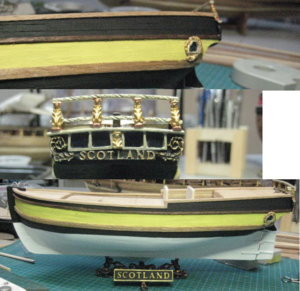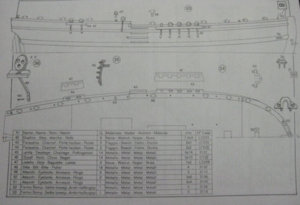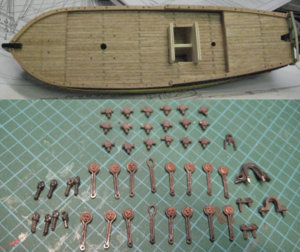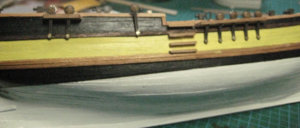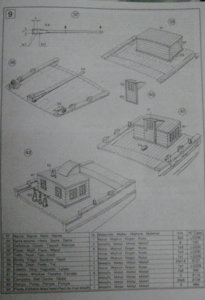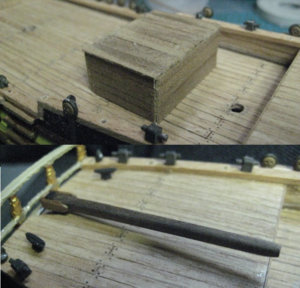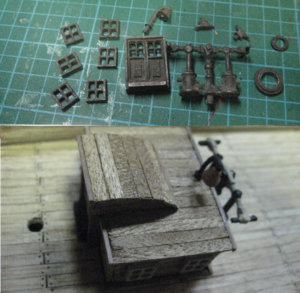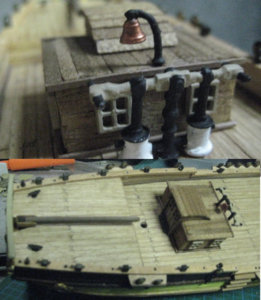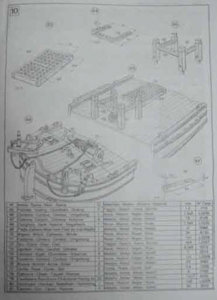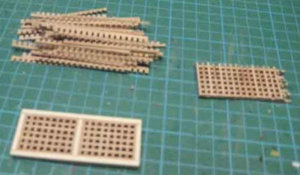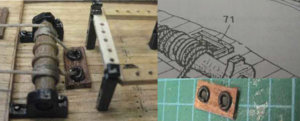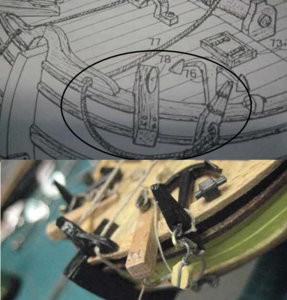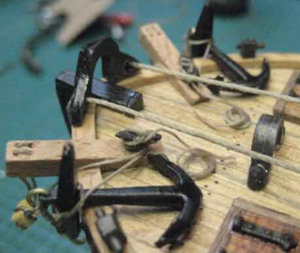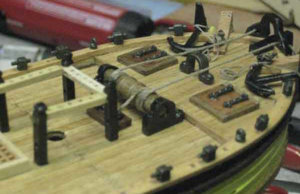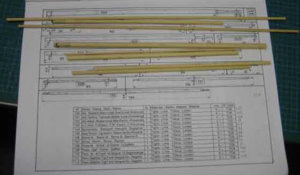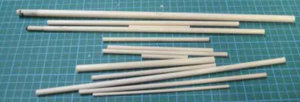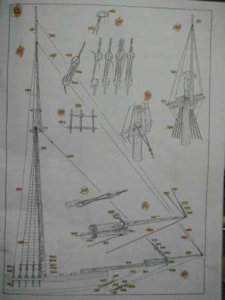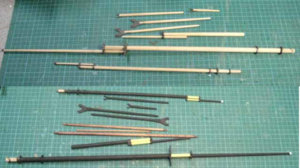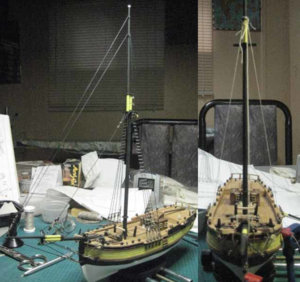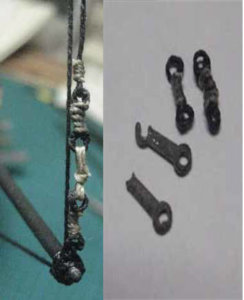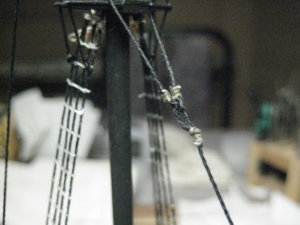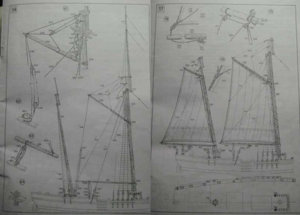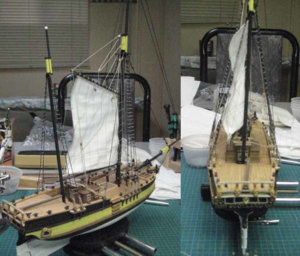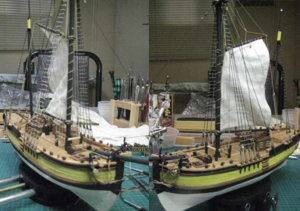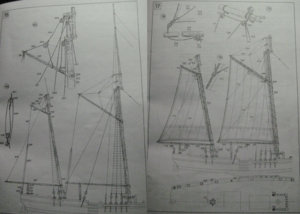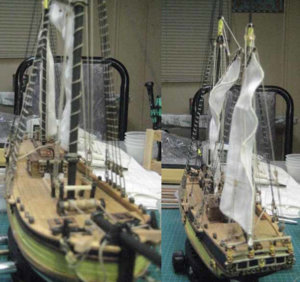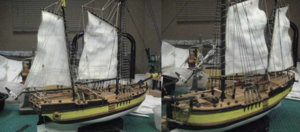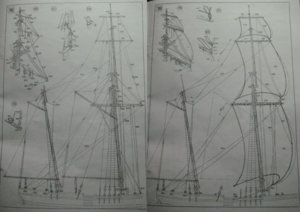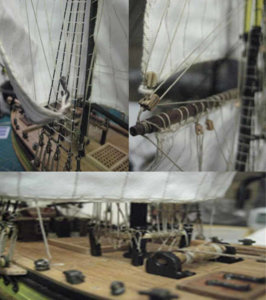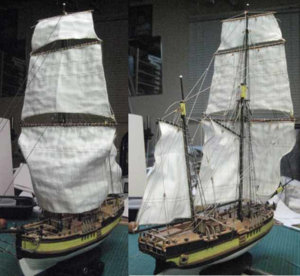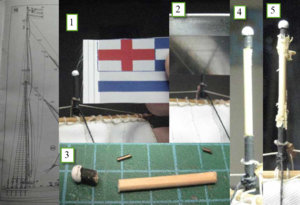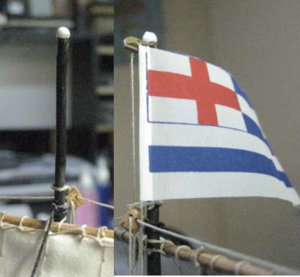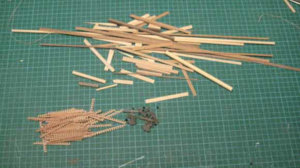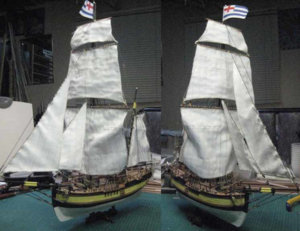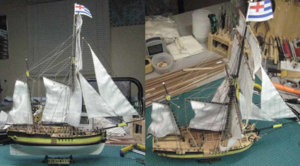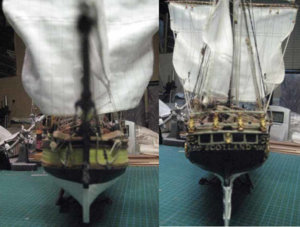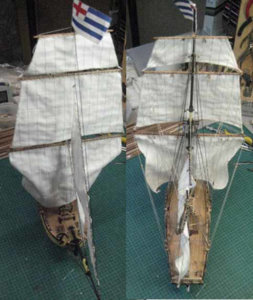- Joined
- Aug 16, 2019
- Messages
- 870
- Points
- 343

Scotland Corel kit #SM 56 (build 2013)
The Scotland, a ship dating back to the end of the eighteenth century, belong to the category of the Baltic Ketch-Yachts and was chiefly used for the transport of goods and passengers, also on rivers and the most important lakes. While being traditionally a “ Work Boat “, so-called because it was mainly used for commercial purposes the Scotland can be distinguished from the multitude of different kinds of relatively small boat, that is to say, those between 50 and 60 feet long, by its impressive sails and the pleasing and soft lines of the hull.
Even Chapman himself, in a note dated 1775, mentioned this type of ship because of the purposes for which it was used, but he called it “Galeas, a Baltik Vessel”.
I have to said that when I open the box I was impress of the 3 other Corel kit that I have that one is the best one as I have see up to now from Corell. Impeccable packing a clear plastic tray separate the different parts the keel is straight and all the wood are in a small bag I did not see any damage on part or something wrong. All the metal decoration part are made in a black metal that will be very easy to paint with good result. The kit came with a nice stand that when prepare and paint will be gorgeous.
The booklet instruction is well made (at least for me) each page got the step on one page and drawing on the other side, a scale drawing complete the documentation.
That kit was build as a gift for one of my close cousin
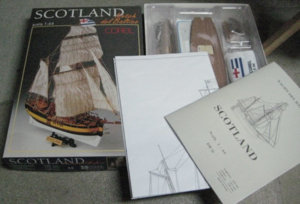
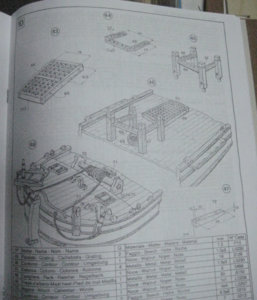
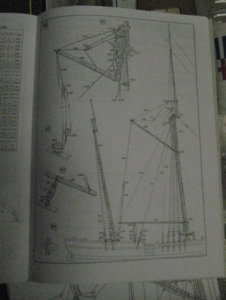
The Scotland, a ship dating back to the end of the eighteenth century, belong to the category of the Baltic Ketch-Yachts and was chiefly used for the transport of goods and passengers, also on rivers and the most important lakes. While being traditionally a “ Work Boat “, so-called because it was mainly used for commercial purposes the Scotland can be distinguished from the multitude of different kinds of relatively small boat, that is to say, those between 50 and 60 feet long, by its impressive sails and the pleasing and soft lines of the hull.
Even Chapman himself, in a note dated 1775, mentioned this type of ship because of the purposes for which it was used, but he called it “Galeas, a Baltik Vessel”.
I have to said that when I open the box I was impress of the 3 other Corel kit that I have that one is the best one as I have see up to now from Corell. Impeccable packing a clear plastic tray separate the different parts the keel is straight and all the wood are in a small bag I did not see any damage on part or something wrong. All the metal decoration part are made in a black metal that will be very easy to paint with good result. The kit came with a nice stand that when prepare and paint will be gorgeous.
The booklet instruction is well made (at least for me) each page got the step on one page and drawing on the other side, a scale drawing complete the documentation.
That kit was build as a gift for one of my close cousin




